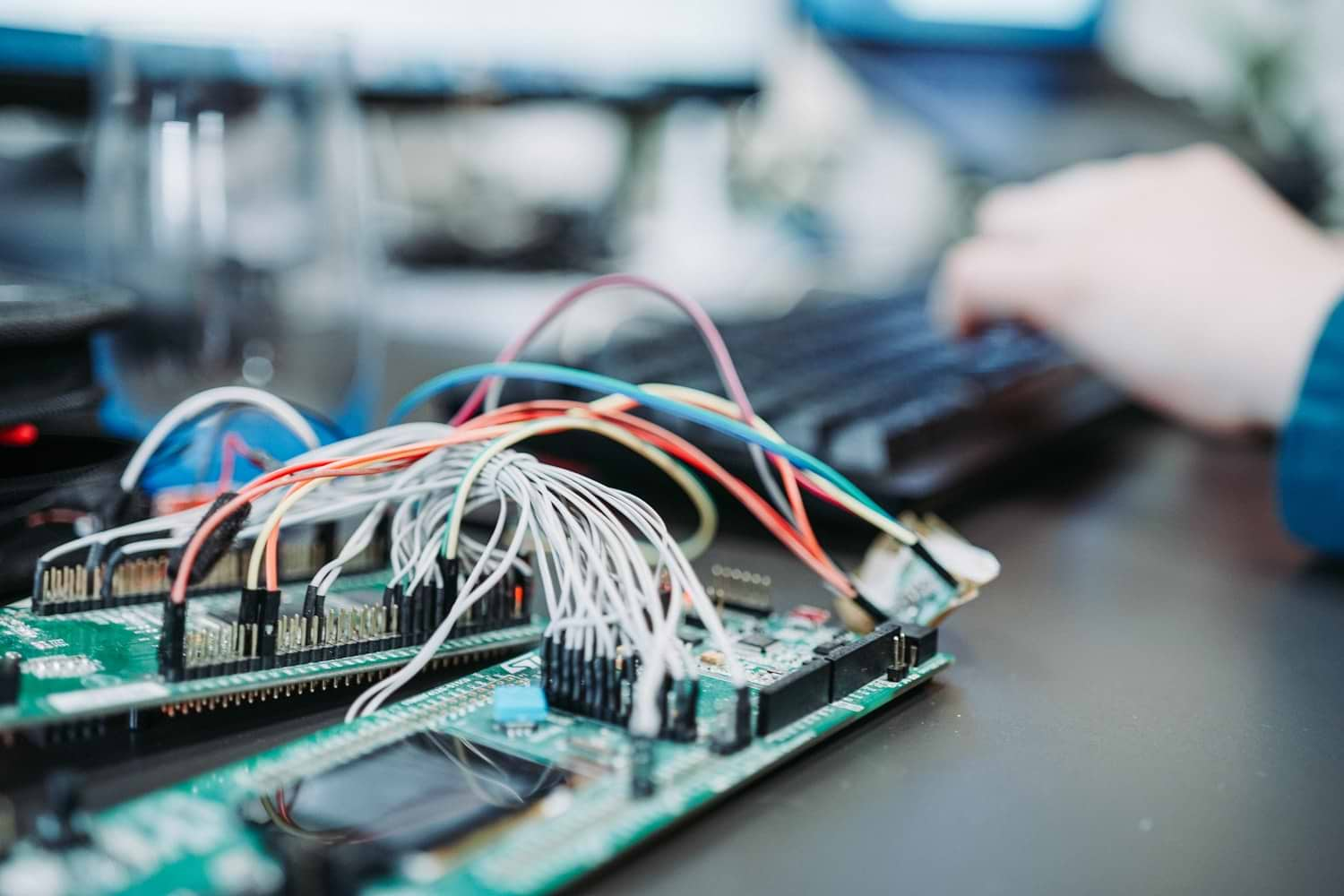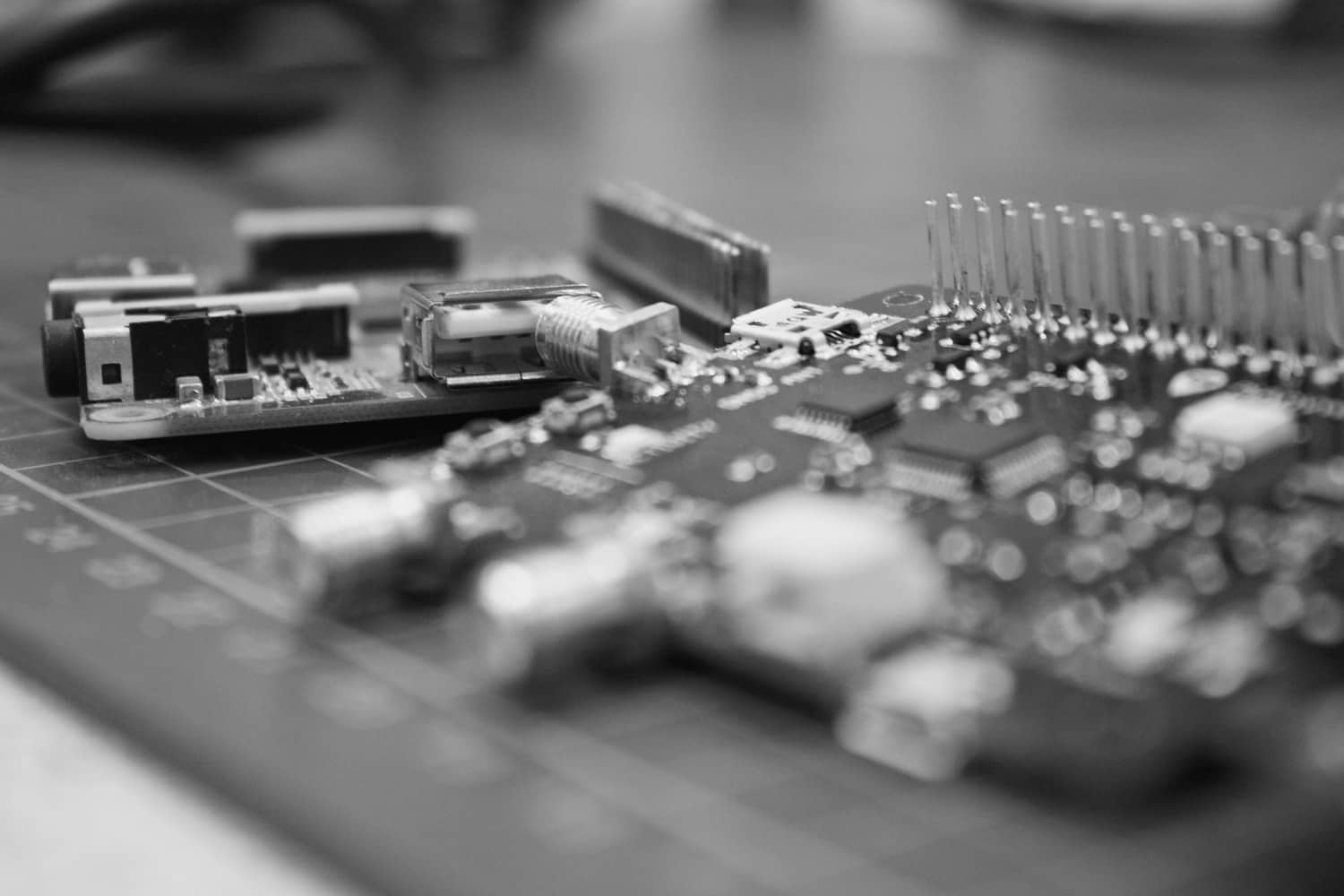Get to Grips With IoT Monitoring
Get to Grips With IoT Monitoring
Internet of Things (IoT) devices are revolutionizing the way we live and work. Although many people often think of wearables when they think of IoT devices, they have various other uses. This includes everything from smart home automation systems to industrial equipment and even toys.
Because they are becoming increasingly popular, businesses often have large fleets of IoT devices that could be located thousands of miles apart.
However, like any other technology, to ensure that these devices run smoothly and efficiently, they need to be monitored. By monitoring these devices, businesses can identify issues earlier and sort out problems before they lead to failures.
So, in a sense, IoT devices are similar to many other pieces of hardware like desktop computers. These devices have a specific capacity for performance that needs to be closely monitored to make sure that they don’t exceed their performance thresholds, which could lead to catastrophic results.
The thing is, it’s complicated to monitor and manage these devices manually especially for businesses that have large fleets of devices deployed to many locations.
This is where IoT monitoring comes in. It constantly monitors the performance of all devices in the fleet and alerts businesses when issues arise.
But what exactly is IoT monitoring, what should businesses monitor, and what value does it add for businesses? In this post, we’ll look at these questions in more detail.

What Is IoT Monitoring?
As IoT devices become more commonplace, businesses using large fleets of these devices gather vast amounts of data from them. The problem is, this data is often gathered from multiple software and hardware platforms which makes it difficult to analyze, let alone troubleshoot.
Therefore, to reliably operate these fleets of devices, businesses need a complete overview of the health of their devices and the ability to drill down to a particular device to troubleshoot and prevent outages before they occur.
This is where IoT monitoring comes in. With IoT monitoring, businesses can analyze their fleet and process huge amounts of events and alerts. This, in turn, allows them to optimize the performance and troubleshoot issues across multiple devices and applications. In this way, they get valuable insights into the performance of their fleet and the ability to prevent issues before they occur.
in simple terms, if these fleets aren’t running efficiently and optimized, it reduces the amount of value that businesses can gain from these devices. Moreover, if these devices stopped working for some reason, the damage to the business can be enormous.
IoT monitoring is thus vital for any business that runs a fleet of IoT devices.
The Three Most Important Things To Monitor on IoT Devices
To get the most from IoT monitoring, businesses should generally consider monitoring the following three things.
Device Resources
To ensure that every device in the fleet runs efficiently and its performance is optimized at all times, it’s necessary to monitor the device’s resources like RAM, CPU, or disk usage.
When the usage thresholds for these resources are exceeded, it can lead to issues in the device. So, knowing all these resources at a glance, makes it easier for businesses to manage and optimize the device’s performance.
But it goes further than this. Because these devices run constantly, the right IoT monitoring tool should have the ability to give real-time alerts on the system state and the state of the RAM, CPU, or disk usage at any moment in time.
This eliminates the need to constantly monitor these resources manually in order to prevent issues. It’s simple, if the system is able to detect any anomalies in the devices and alert businesses when these anomalies happen, it allows them to proactively manage these devices while saving them the time and effort of not having to do this manually.
Ultimately, businesses are then able to learn of issues and understand them far quicker, and, as a result, they’re able to fix them before a customer even notices.
Device Applications
While hardware is important, applications are just as important. Think of it in this way, the best and newest hardware on the market won’t mean much without any software that’s running perfectly, installed on it.
Likewise, every device in an IoT fleet needs to have software that runs efficiently and without fault. It’s, therefore, necessary to monitor the state of applications and processes on IoT devices. This ensures that devices, and the applications on them, run as they should and prevents failures in the fleet.
The right monitoring tool should be able to process real-time information in one central hub. This gives businesses the ability to have a complete overview of their entire fleet, as well as the applications and processes running on the devices.
The system should also be able to send real-time alerts to a business regarding the application and process state on a specific device. Apart from this, the system should also be able to monitor any type of application whether it’s written in Python, Java, BASH, Golang, JavaScript, MySQL, or any other binary file.
This not only gives the business complete control over the applications in its fleet, but it’s also able to take action promptly and fix problems in the devices and their applications before they happen.
As a result, they’re able to provide a seamless customer experience while also preserving the reputation of the business because it eliminates failures in the fleet and individual devices.
Device Application Data
To be effective, IoT devices rely on a bidirectional data flow from the source to the device. Any interruption in the flow of data could have devastating consequences.
It’s therefore crucial for businesses that use a fleet of IoT devices to monitor their application data. In this way, they can track what’s happening to any device in the fleet at any moment.
The right device application data monitoring system will allow businesses to receive real-time information and data from all devices in the fleet. But it’s of little use if it can only show businesses real-time information, and therefore it should also be able to show historical data.
This helps businesses understand and debug recurring issues. As a result, any issues with the devices can be fixed easier and more efficiently. This, in turn, also saves businesses time in debugging and fixing errors.
In addition, the system should allow any type of information to be exchanged between the source and the device and it should enable businesses to send multiple values simultaneously.
To be most effective, though, the system should also provide alerts on data changes and interruption of the flow of data between the device and the source. Like many of the other things businesses should monitor, this provides a seamless customer experience and eliminates failures in the fleet or individual devices.

The Value of IoT Monitoring
Now that we’ve seen what IoT monitoring is and what the most important three things are that businesses should monitor, let’s look at the value of IoT monitoring for businesses.
It Reduces Costs
One of the first main benefits of IoT monitoring for businesses is that it reduces their product maintenance costs. Because they’re able to monitor and manage their devices remotely and fix issues when necessary, it eliminates the need for costly maintenance later on.
For example, with over-the-air (OTA) updates of IoT devices, businesses can ensure that their fleet of devices always has the latest software installed. As this software comes with the necessary bug fixes and security updates to ensure that the device runs smoothly, it eliminates a lot of effort spent on maintenance.
This, in turn, reduces the possibility of vulnerabilities and failures in the system while optimizing the performance of the devices. As a result, businesses that have a fleet of IoT devices don’t have any product recalls or support issues. And when they don’t have these, they save money, whether it’s on the manpower needing to sort out issues, or after-the-fact expenses as a result of product failures.
It Saves Time
Because businesses are able to monitor the condition of all devices in their IoT fleet remotely, it’s easier to manage and monitor their internal hardware parameters, sensor readings, and acquired data samples. This makes it easier to identify issues and fix errors earlier.
This, ultimately, ensures that every device in an IoT deployment runs in its ideal condition. Apart from saving time and money on maintenance as mentioned above, it also helps businesses to save their developers’ time.
This is simply because, as a result of the fact that they’re able to remotely manage and monitor a product, it simplifies its maintenance. Because of this, it frees up developers’ time to work on more important things. Developers, therefore, get more time to focus on innovation and concentrate on implementing new features into the product. This, in turn, leads to more sales, and more revenue.
It Increases Customer Satisfaction
Ultimately, IoT monitoring has the ability to increase a business’s customer satisfaction substantially. This is due to two reasons.
As mentioned above, because businesses are able to monitor and then manage their devices remotely, they can receive alerts and fix issues even before a customer notices. So, in the first place, this increases customer satisfaction by providing a seamless customer experience.
In addition, this also eliminates the need for product recalls and customers have continuous use of the devices.
The other reason is, also as mentioned above, that developers have more time to focus on innovation and incorporating new features into the product. This allows businesses to incorporate new features as the market and their customers demand and expect.
And it’s simple, when customers are provided with the features they want, they’re more satisfied. This not only leads to increased customer satisfaction but also higher overall sales from both existing and new customers.
It Allows Businesses to Focus on Their Product
Because IoT monitoring allows businesses to access their devices remotely, irrespective of whether they’re deployed locally or internationally, it makes it easier to manage. In addition, a suitable IoT device management and monitoring platform can monitor and manage the entire infrastructure of a product fleet.
Because of these reasons, businesses don’t have to spend countless hours managing their fleet and infrastructure. In this way, they’re able to save time on incorporating new and innovative features and improving their product.
Ultimately, this improves their customers’ satisfaction and makes them stand out from the crowd, which is especially important in today’s competitive marketplace.
The Bottom Line
For any business that operates a fleet of IoT devices, IoT monitoring is essential. In simple terms, it gives them complete visibility over their entire device fleet and allows them to monitor critical functions of every device in the fleet. As such, it enables them to act proactively to solve issues before they happen. As a result, this makes maintenance of the fleet far easier, less complex, and more time-efficient.
And as IoT devices become more popular and their adoption increases, having the right platform becomes even more crucial to achieve success in a competitive market.
The perfect way to enable businesses to do this is by using the JFrog Connect platform. It provides businesses with a comprehensive management and monitoring platform that gives them extensive information on each and every device in their fleet running on Linux, from the device’s name to its description, and its state.
By doing this, it gives businesses the opportunity to be more efficient and more productive while increasing their customer satisfaction and generating more revenue.
To find out more about the Swift platform or its features, visit our website for more details.



